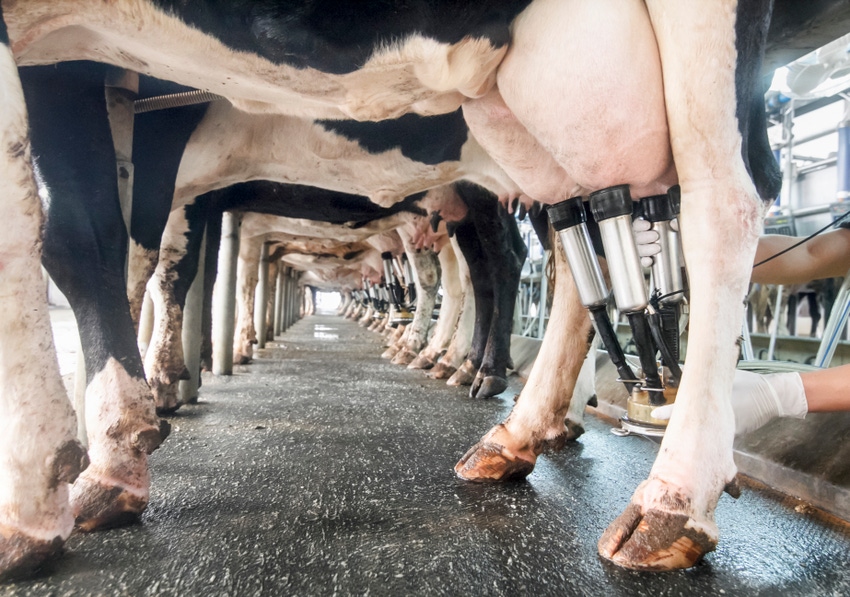Analyst says Class III price could reach $18/cwt. by fourth quarter.

U.S. milk production continues to slow, the U.S. Department of Agriculture’s July “Milk Production” report showed. According to the report, milk production in the 24 major states during June totaled 17.3 billion lb., up only 0.1% from June 2018.
USDA revised May production higher to 18.1 billion lb., but it was still slightly lower than May 2018.
June production per cow in the 24 major states averaged 1,976 lb. for June, 15 lb. above June 2018. Despite the rise in production, the number of milk cows on farms declined to 8.78 million head, 62,000 head less than June 2018 and 12,000 head less than May 2019.
USDA relayed that milk production in the U.S. during the April to June quarter totaled 55.8 billion lb., down 0.1% from the April to June quarter last year. The average number of milk cows in the U.S. during the quarter was 9.33 million head, 15,000 head less than the January to March quarter and 89,000 head less than the same period last year.
Bob Cropp, emeritus dairy market specialist at the University of Wisconsin-Extension Agriculture & Natural Resources, said decreased milk production, modest growth in dairy product sales, stable dairy exports and improved dairy stocks levels are all contributing to a continued improvement in milk prices.
He said the July Class III price will be near $17.40/cwt., up about $3.50 from the $13.89 low in February. The Class IV, which was $15.48 in January, will be near $16.90 in July. Milk prices should continue to improve during the reminder of the year, he added.
Milk production will also continue to be below year-ago levels for the remainder of the year, Cropp said, adding that USDA is forecasting milk production for the year to be just 0.3% above a year ago.
This as well as growth in butter and cheese sales and improved cheese exports are bullish factors for milk prices, Cropp noted.
“The Class III price should be in the mid to high $17s for the remainder of the year, with $18 a real possibility [for the] fourth quarter,” he said.
About the Author(s)
You May Also Like




.png?width=300&auto=webp&quality=80&disable=upscale)
